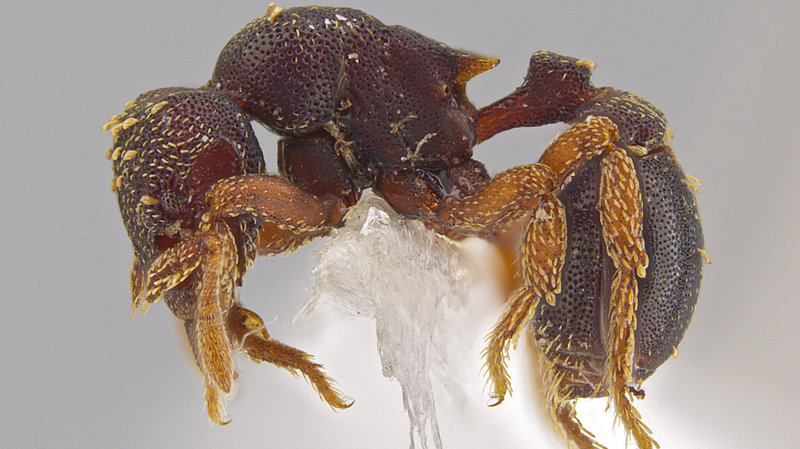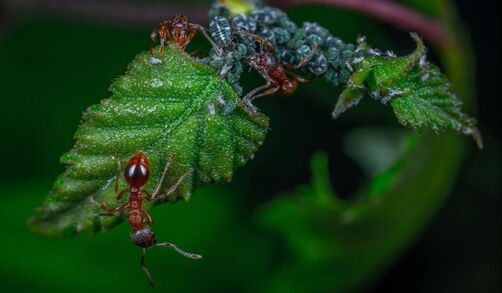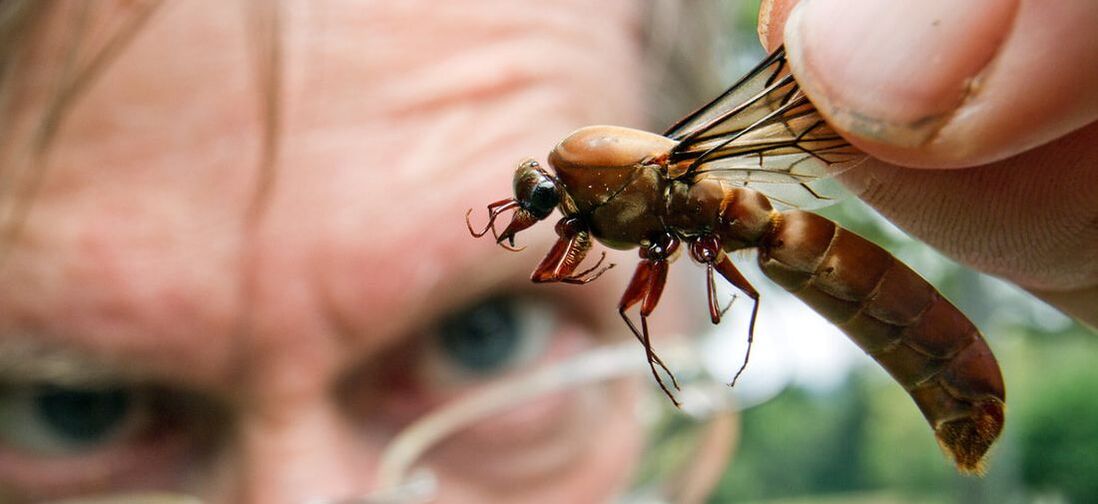"Ants are to be found everywhere, from the arctic regions to the tropics, from timberline on the loftiest mountains to the shifting sands of the dunes and seashores, and from the dampest forests to the driest deserts. Not only do they outnumber in individuals all other terrestrial animals, but their colonies even in very circumscribed localities often defy enumeration."
- W. M. Wheeler
The National Science Foundation’s Ants of the World Project is a globe-spanning initiative, involving multiple research universities, that aims to generate the most complete phylogenetic tree of Formicidae to date. Using advanced genome reduction techniques, the team plans to survey 96% of genera and just under half the described species. The result will be a comprehensive evolutionary tree of ants, out to the smallest branch tips.
This resulting data set will help researchers answer questions such as: Are there predictable patterns of intercontinental dispersal and diversification? Following dispersal to a new region, is there accelerated filling of morphological and climate space? How have biotas responded to climate shifts in the past? Can we predict how ants will respond to current rapid climate change?
This resulting data set will help researchers answer questions such as: Are there predictable patterns of intercontinental dispersal and diversification? Following dispersal to a new region, is there accelerated filling of morphological and climate space? How have biotas responded to climate shifts in the past? Can we predict how ants will respond to current rapid climate change?
Aims & Impacts
Ants are on par with vertebrates and vascular plants as key taxa for ecology, evolutionary biology, biogeography, conservation biology, and public interest. The tree of life for vertebrates and plants is now largely visible, right out to species-level branch tips, and knowledge of phylogenetic history has opened entire new worlds of biological exploration. With a little more effort, the same can be true for ants.
|
We propose to assemble a comprehensive phylogenomic data set for ants that incorporates all major lineages (genera and species groups). The resulting phylogeny will provide a robust framework for addressing questions about macroecology, biogeography, and trait evolution, and it will permit the establishment of a stable higher classification of ants.
|
With this global phylogeny in hand, we will conduct a detailed analysis of the biogeographic and diversification history of the family Formicidae. What main routes have ants taken for intercontinental dispersal? Is there repeated evidence of elevated diversification or even adaptive radiations following particular colonization routes? Are these events correlated with particular evolutionary time slices? A comprehensive study of biogeographic connections between continents can reveal patterns across and within all ant genera and will be transformative for the field of insect biogeography as a whole.
The new phylogeny and classification will facilitate research across a broad spectrum of
scientific disciplines. For example, an immediate benefit will be a better understanding of the origins and relatives of invasive ant species, which are of great economic importance. A stable classification will improve use of ants as bioindicators in habitat restoration efforts. In addition to these direct impacts, the scientific workforce will be enhanced by the training of graduate students in the latest phylogenomic techniques.
scientific disciplines. For example, an immediate benefit will be a better understanding of the origins and relatives of invasive ant species, which are of great economic importance. A stable classification will improve use of ants as bioindicators in habitat restoration efforts. In addition to these direct impacts, the scientific workforce will be enhanced by the training of graduate students in the latest phylogenomic techniques.



